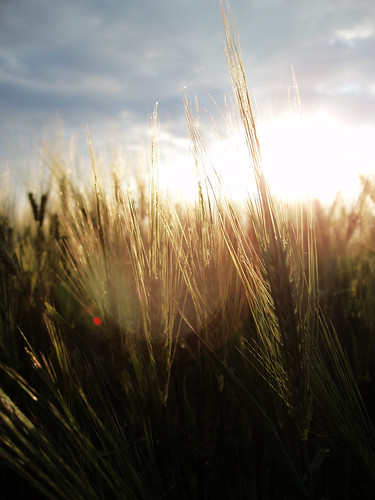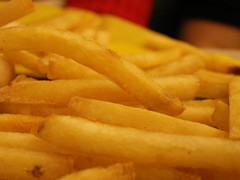
Although I hope to not get too political, let's just say I'm more than annoyed at the United States federal government shutdown. Over the last week my students have been entering information into the SuperTracker website to analyze their daily eating habits. Tuesday, when the students were to print their final report, the site was taken down. This means my students have wasted at least two blocks of valuable class time.
MyFitness Pal is the nutrition tracking program that I use personally. I like it because I can enter information on my phone as well as online (handy for 1-to-1 Ipad schools). Instead of being based on food groups, like MyPlate, it is based on macro- and micronutrients. This is handy for me because MyPlate "thinks" I am anemic and don't eat enough fish even though I am a healthy, athletic, vegan. Users can adjust their macronutrient percentages to fit their needs, as for a diabetic person who closely monitors carbohydrates.
The food selection is much better on MyFitness Pal than on MyPlate. Users can enter their own information from favorite recipes and foods. The information is shared with the whole community which means I can get the exact information for the exact food I'm using, such as Aldi generic brands.
MyFitness Pal also tracks exercise, which is an important component of healthy weight management. I can burn 1000+ calories in a two-hour practice- nearly half of the calories I would consume on a non-derby day.
MyPlate has good traits too. It is very straightforward for my students to use. Most of my students come to my class without a knowledge of macronutrients, so MyFitness Pal would be too advanced for them. I also like how visual the program is. After students enter an item a graph changes to track their levels of each food group. It's a great program for beginners.
And, like it or not, MyPlate is the USDA standard for a healthy diet. It is what textbooks follow, videos follow, and free classroom materials follow. Simply said, it is just easier for teachers to use.
The project requirements have been adjusted, but my students and I are still upset with the wasted time. One good thing has come from our debacle: We've had great conversations about the branches of the federal government. ;)



















